Noise in Image
Image noise is a random variation of brightness or color features in images, and it is commonly associated with electronic noise. It can be generated by a scanner's or digital camera's image sensor and circuitry. Image noise can also be caused by film grain and the inherent shot noise of an ideal photon detector.
The main source of noise in digital images occurs during image capture and/or transmission. A variety of factors influence imaging sensor performance, including environmental conditions during image acquisition and the quality of the sensing elements themselves. Images are corrupted during transmission primarily due to interference in the transmission channels. Because the main sources of noise in digital images are atmospheric disturbance and image sensor circuitry, the following assumptions can be made: the noise model is spatially invariant (independent of spatial location). The noise model has no relationship with the objective function.
Noise Models
1: Gaussian Noise
These noise models are used frequently in practice because of their tractability in both spatial and frequency domains. The Probability Density Function (PDF) of the Gaussian random variable is
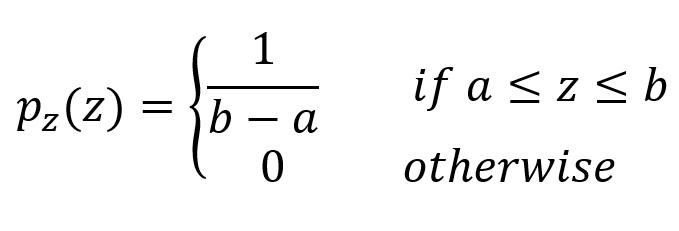
Where z represents the gray level, μ= mean of the average value of z, σ= standard deviation
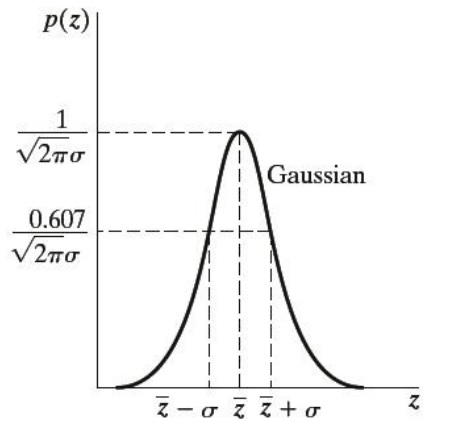
Probability Density Function (PDF) of Gaussian Noise
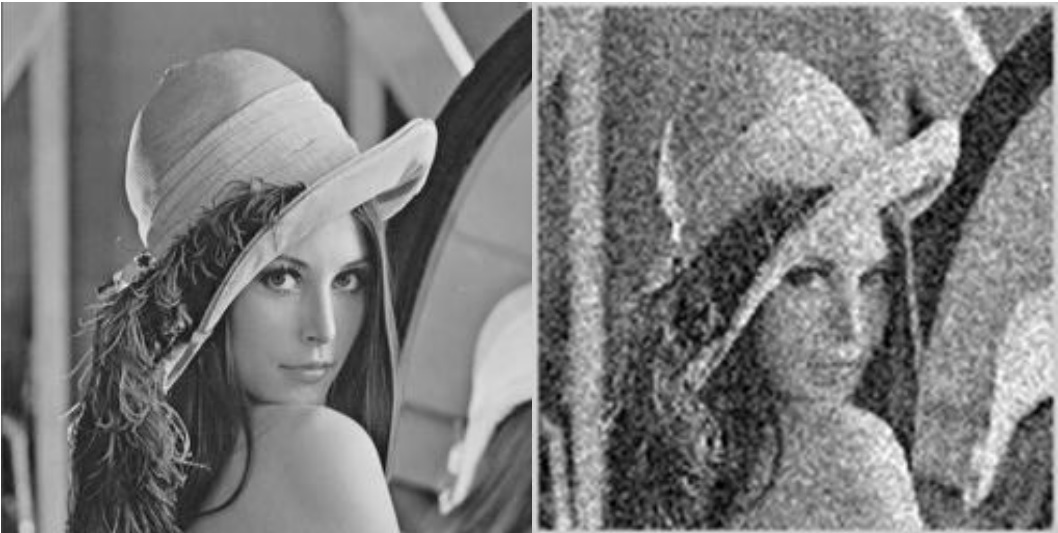
Figure: Image containing Gaussian Noise
2: Salt & Pepper noise or Impulse noise
Salt & Pepper noise is also known as Impulse noise or Spike noise. It is caused by malfunctioning pixels in camera sensors, faulty memory locations in hardware, or transmission in a noisy channel. It is always Independent and uncorrelated to image pixels. Its two types are the salt & pepper noise and the random-valued noise. In salt and pepper type of noise, the noisy pixels take either salt value (gray level -225) or pepper value (grey level -0) and it appears as black and white spots on the images In case of random valued impulse noise, noise can take any gray level value from zero to 225. In this case, also noise is randomly distributed over the entire image and the probability of occurrence of any gray level value as noise will be the same.
Reasons for Salt and Pepper Noise:
1) Due to failure of memory cells or wrong working of sensor cells of camera.
2) Due to synchronization errors while transmitting images over media.
The PDF of Impulse noise is shown in the following equation and figure
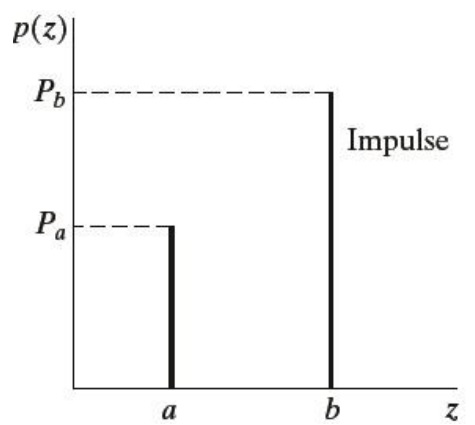
Figure: PDF of containing Salt & Pepper noise or Impulse Noise
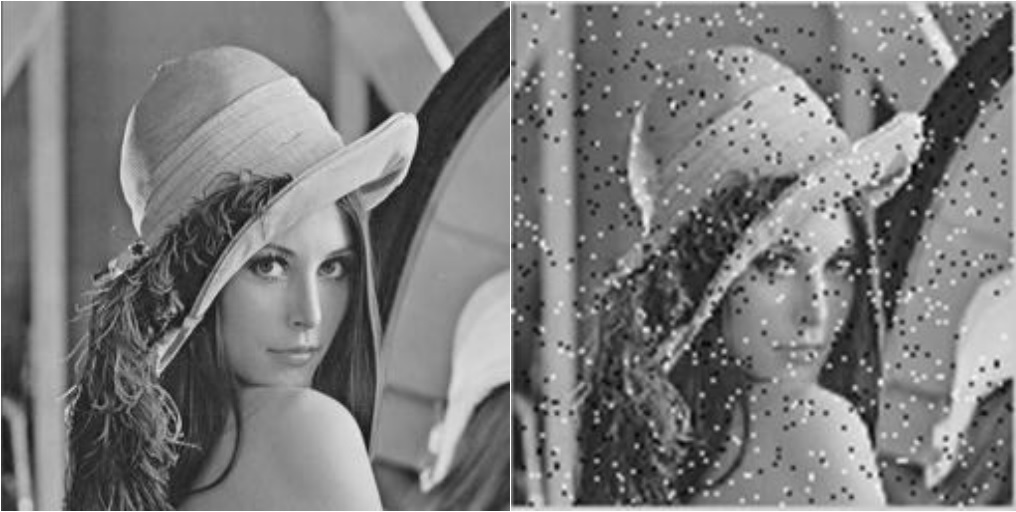
Figure: Image containing Salt & Pepper noise or Impulse Noise
3: Poisson noise
Poisson noise is also known as Photon noise. It arises when the number of photons sensed by the sensor is not sufficient to provide detectable statistical information. This noise has a root mean square value proportional to the square root intensity of the image. Different pixels are suffered by independent noise values. The photon noise and other sensor-based noise corrupt the signal at different proportions. The PDF of Poisson Noise is shown in the following equation and figure:
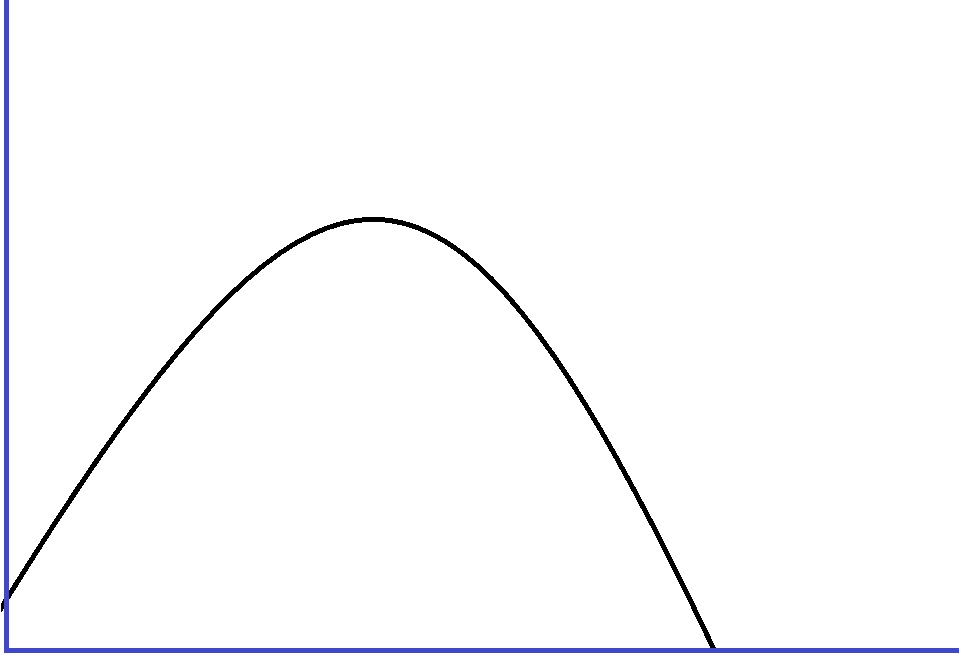
Probability Density Function (PDF) of Poisson noise

Figure: Image containing Poisson Noise
4: Gamma Noise
This type of noise can be obtained by the low-pass filtering of laser-based images. The PDF, mean, and variance of Gamma Noise are given below:
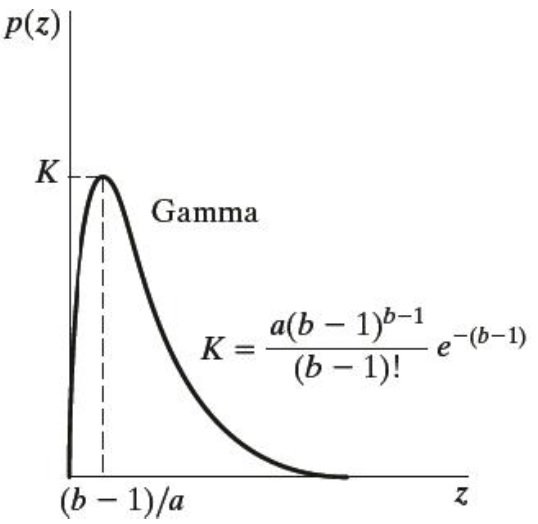
Probability Density Function (PDF) of Gamma Noise

Figure: Image containing Gamma Noise